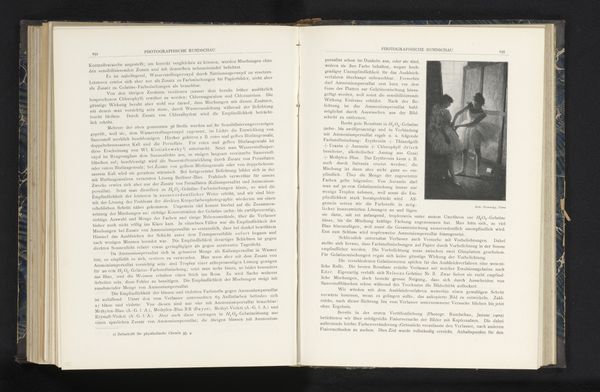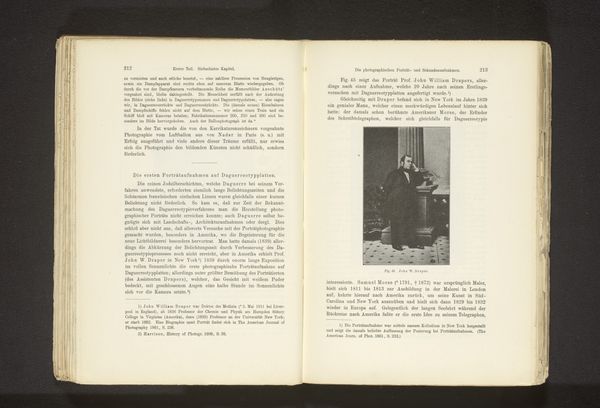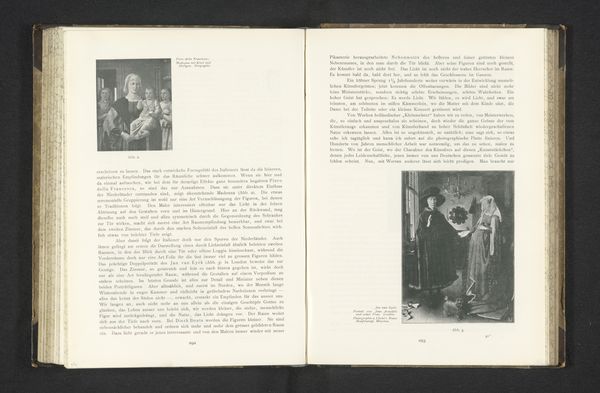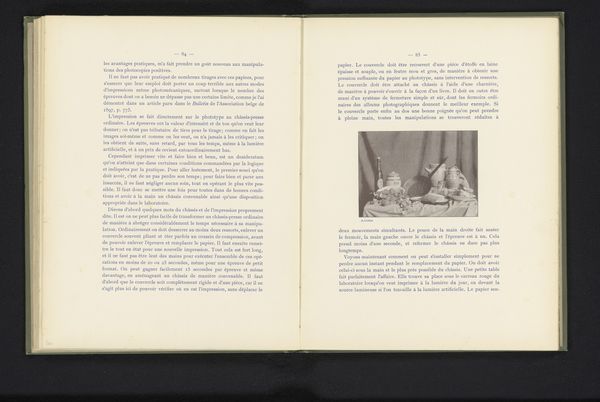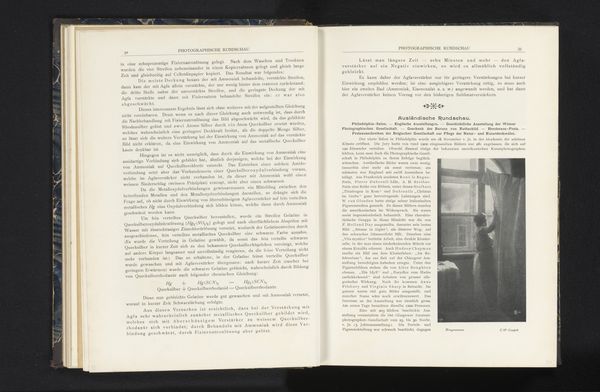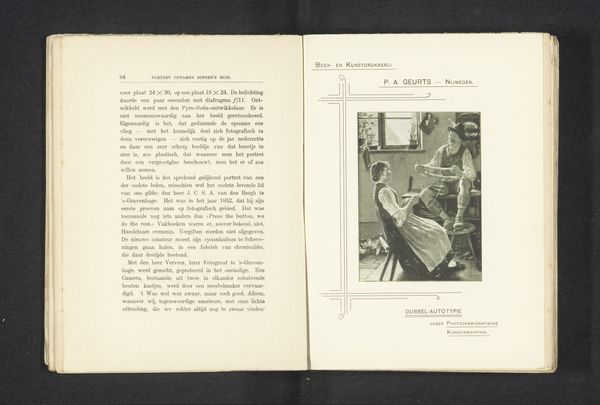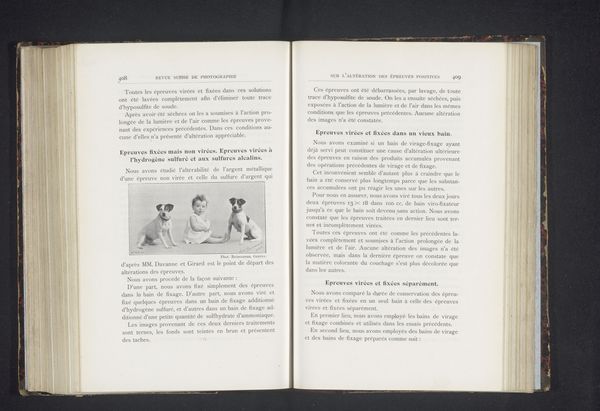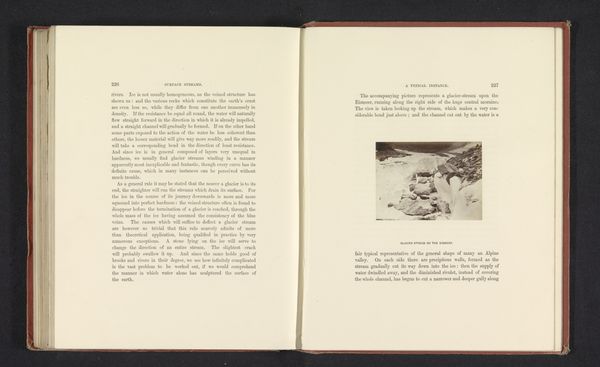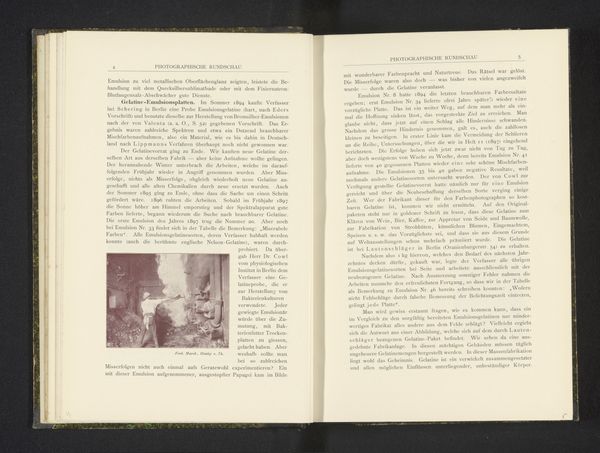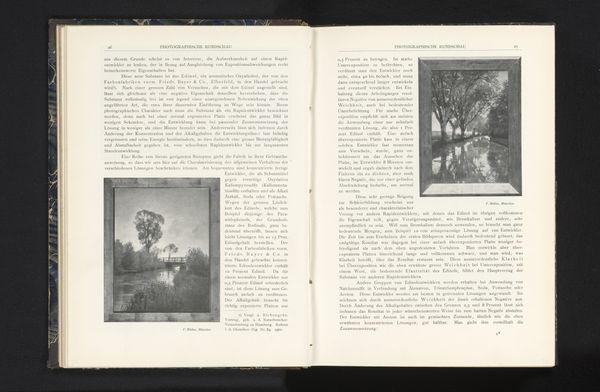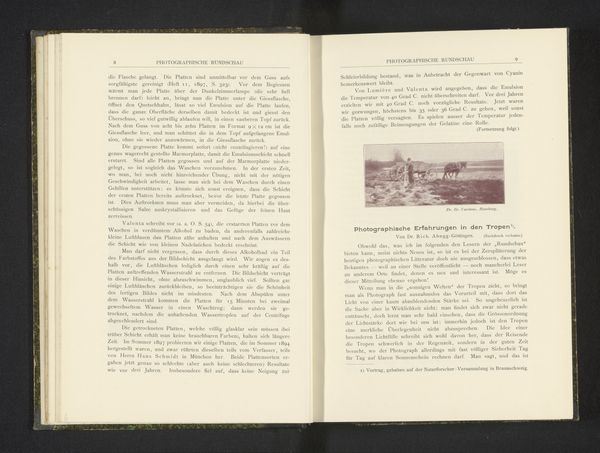
Dimensions: height 129 mm, width 90 mm
Copyright: Rijks Museum: Open Domain
Curator: This arresting gelatin-silver print, whose author goes by the name of A. Schuler, is entitled "Twee geisha's helpen elkaar met opmaken," which translates to "Two geishas helping each other with make-up." It was created some time before 1903. Editor: My first thought is intimacy. The delicate assistance being offered evokes a shared moment, perhaps rare given the social roles involved. Curator: The ukiyo-e tradition certainly informs the composition; consider the flattening of space and the focus on ephemeral beauty. And, of course, this print is part of the larger Orientalism movement of the late 19th and early 20th centuries, appropriating Eastern themes. How do you see the symbols working here? Editor: I notice that both women wear the characteristic white face makeup. Its purpose shifts with time, serving once as protection from candle light but evolving into a mark of status and feminine presentation. Curator: Interesting. Considering that this gelatin silver print may be viewed as craft as much as it is high art, I consider the working conditions, the specific chemical processes involved to coax an image like this to life, which contrasts with our image of geishas as primarily emblems of artifice. Editor: It highlights how much labour goes into constructing femininity. Not just in its depiction here, but within the social reality of the geisha themselves. There's something quite melancholy in understanding the long-held and constantly adapted symbolic burden of this representation, from paintings on silk to photographic prints. Curator: Agreed. Seeing the image through both our lenses really emphasizes the tensions between the geisha's portrayal as objects of art and the intense effort required to produce such a seemingly effortless ideal. Editor: Indeed, acknowledging this photo’s context allows for a richer view on art and the construction of identity within.
Comments
No comments
Be the first to comment and join the conversation on the ultimate creative platform.
